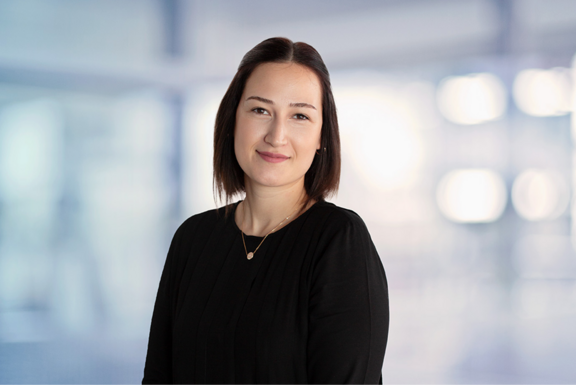Glossary
What is CPAP therapy? How does airway stimulation work? What are the sleeping sicknesses? Here, important technical terms relating to the topic of sleep and the Inspire therapy are explained in an understandable way.
Stands for apnoea-hypopnoea index. Measures the number of episodes of decreased breathing or cessation of breathing per hour of sleep.
In medicine, refers to adherence to treatment goals that are jointly determined by the doctor and the patient as part of a therapy (e.g. regular intake of medication).
Complete cessation of breathing; see also AHI.
Therapy of obstructive sleep apnoea (OSA) with upper airway stimulation. An electrode is used to stimulate the hypoglossal nerve (hypoglossal nerve) when breathing stops. This prevents blockage of the upper airways.
Medical indicator - indicates the amount of oxygen bound in the blood (also called oxygen saturation). The normal value is between 97 and 100 percent. Continuously low oxygen levels in the blood can lead to high blood pressure and, in the long term, serious heart disease.
The BMI is made up of the ratio of body height in centimetres and weight in kilograms. The BMI is considered an approximate guideline to determine overweight and underweight. In our aptitude test you can determine your personal value.
CPAP stands for continuous positive airway pressure. Positive pressure ventilation via a breathing mask that prevents the tongue from falling into the throat and structures of the upper airway from collapsing. Breathing stops can thus be prevented or reduced.
Stands for electroencephalography. Measures the electrical activity of the brain to determine sleep phases, for example.
Questionnaire for the assessment of daytime sleepiness.
The occurrence of increased daytime sleepiness.
Decreased respiration; see also AHI.
Difficulty falling asleep and/or staying asleep.
A disturbance of the sleep-wake regulation. Expresses itself in severe daytime sleepiness, sudden loss of tension in the muscles and other symptoms.
Cranial nerve, also the hypoglossal nerve, which controls motor functions, i.e. the movement of the tongue.
Unwanted behaviour during sleep that can lead to interruption of sleep. Examples are sleepwalking or teeth grinding.
Examination of breathing, blood oxygen saturation and other values via a small device during sleep. Usually carried out at home.
Extensive measurement of various values during sleep in a sleep laboratory. The standard method in the investigation of sleep disorders.
Stands for Rapid Eye Movement Sleep. Sleep phase of particular relaxation and depth, in which the eyes move quickly.
Breathing pauses during sleep due to an obstruction of the upper airway; also called obstructive sleep apnoea syndrome (OSAS).
Breathing pauses during sleep due to disturbed respiratory drive in the brain.
Behaviours and lifestyle habits that influence healthy, restful sleep.
Specialised medical facility where professionals examine patients’ sleep using various procedures to determine any sleep disorders; see also polygraphy.
Different stages of sleep that every person goes through several times a night.
A diary that helps to record sleeping habits.
Vibrations at narrow points of the throat – rarely also of the nose. The vibrations create a disturbing noise.

